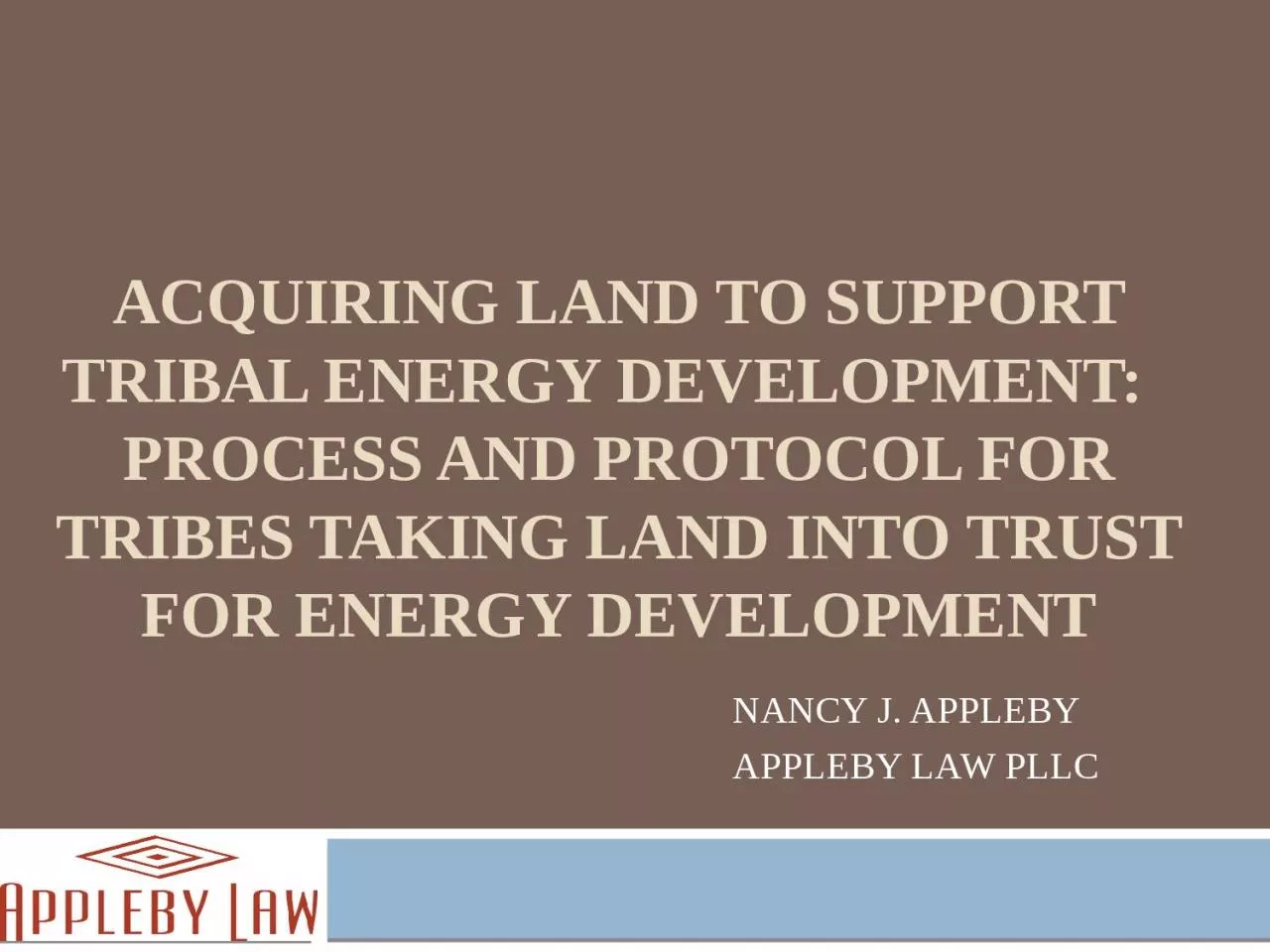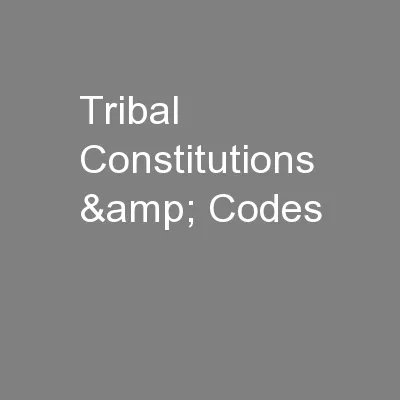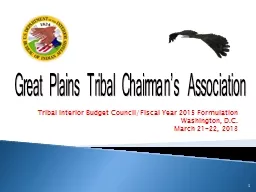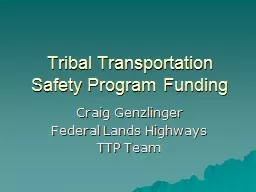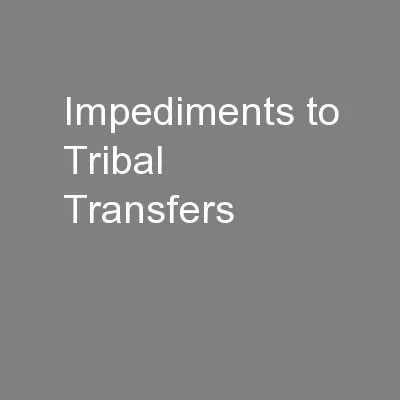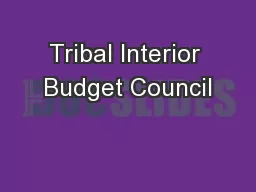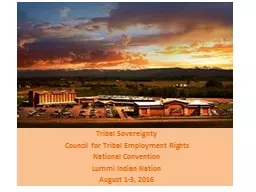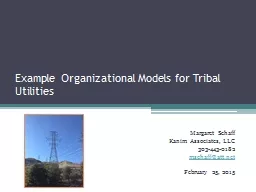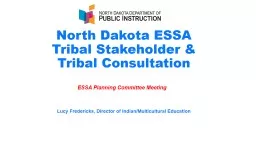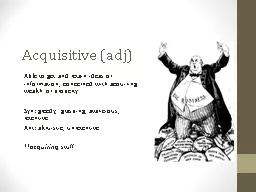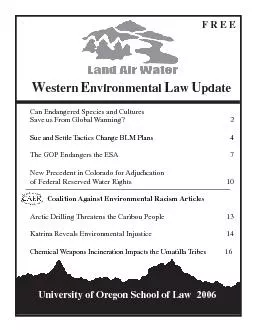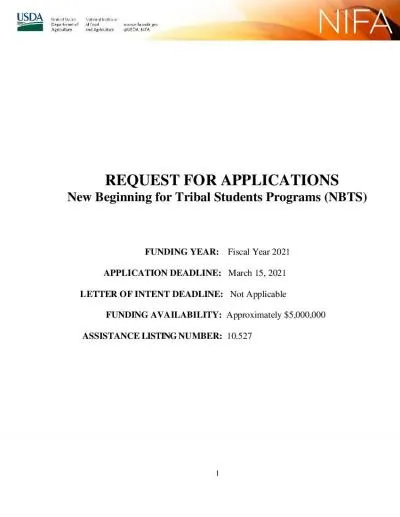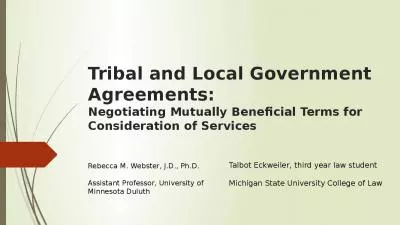PPT-Acquiring land to support tribal energy development:
Author : layla | Published Date : 2024-01-13
Process and protocol for tribes taking land into trust for energy development NANCY J APPLEBY APPLEBY LAW PLLC Trust land is held by the United States for the benefit
Presentation Embed Code
Download Presentation
Download Presentation The PPT/PDF document "Acquiring land to support tribal energy ..." is the property of its rightful owner. Permission is granted to download and print the materials on this website for personal, non-commercial use only, and to display it on your personal computer provided you do not modify the materials and that you retain all copyright notices contained in the materials. By downloading content from our website, you accept the terms of this agreement.
Acquiring land to support tribal energy development:: Transcript
Download Rules Of Document
"Acquiring land to support tribal energy development:"The content belongs to its owner. You may download and print it for personal use, without modification, and keep all copyright notices. By downloading, you agree to these terms.
Related Documents

